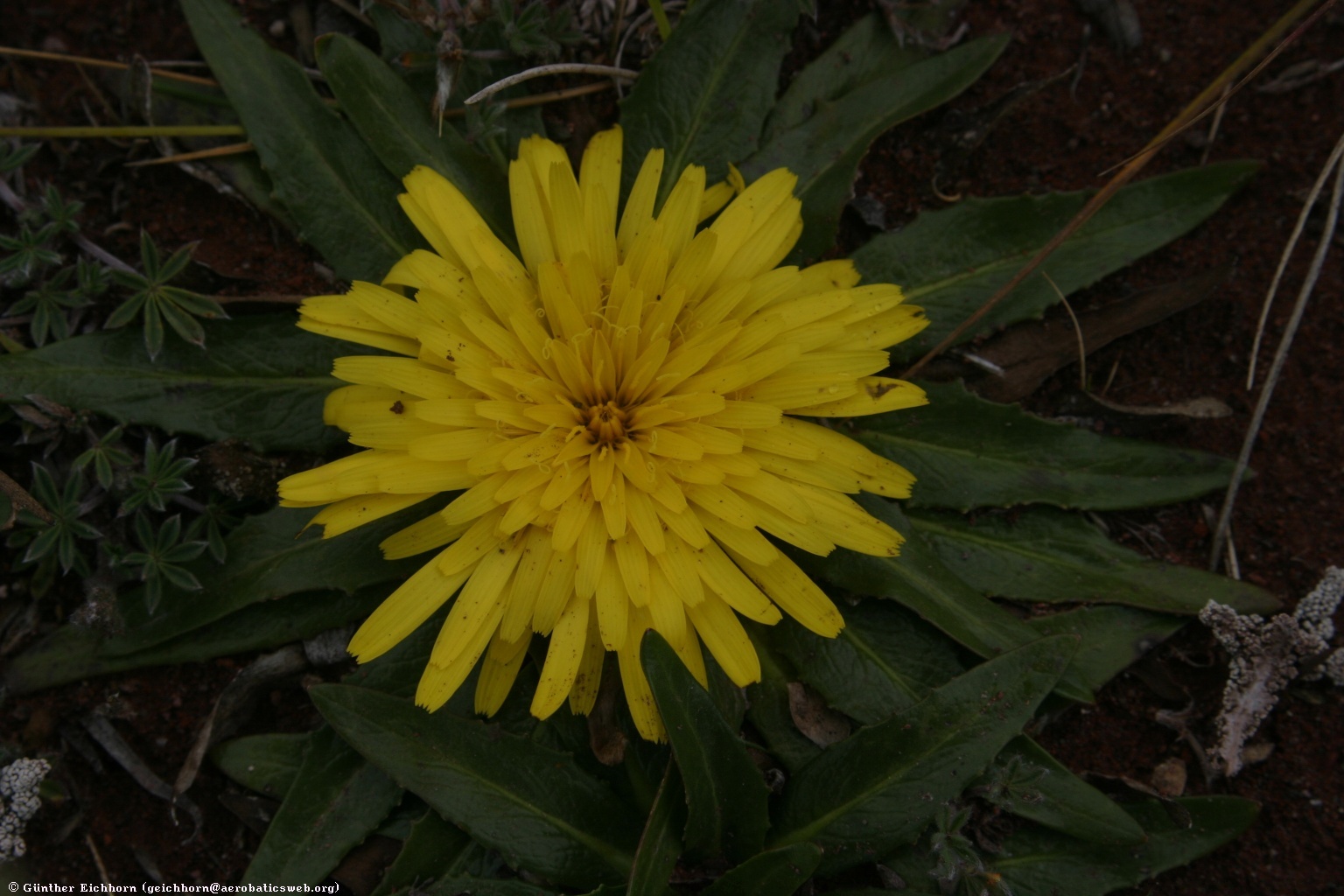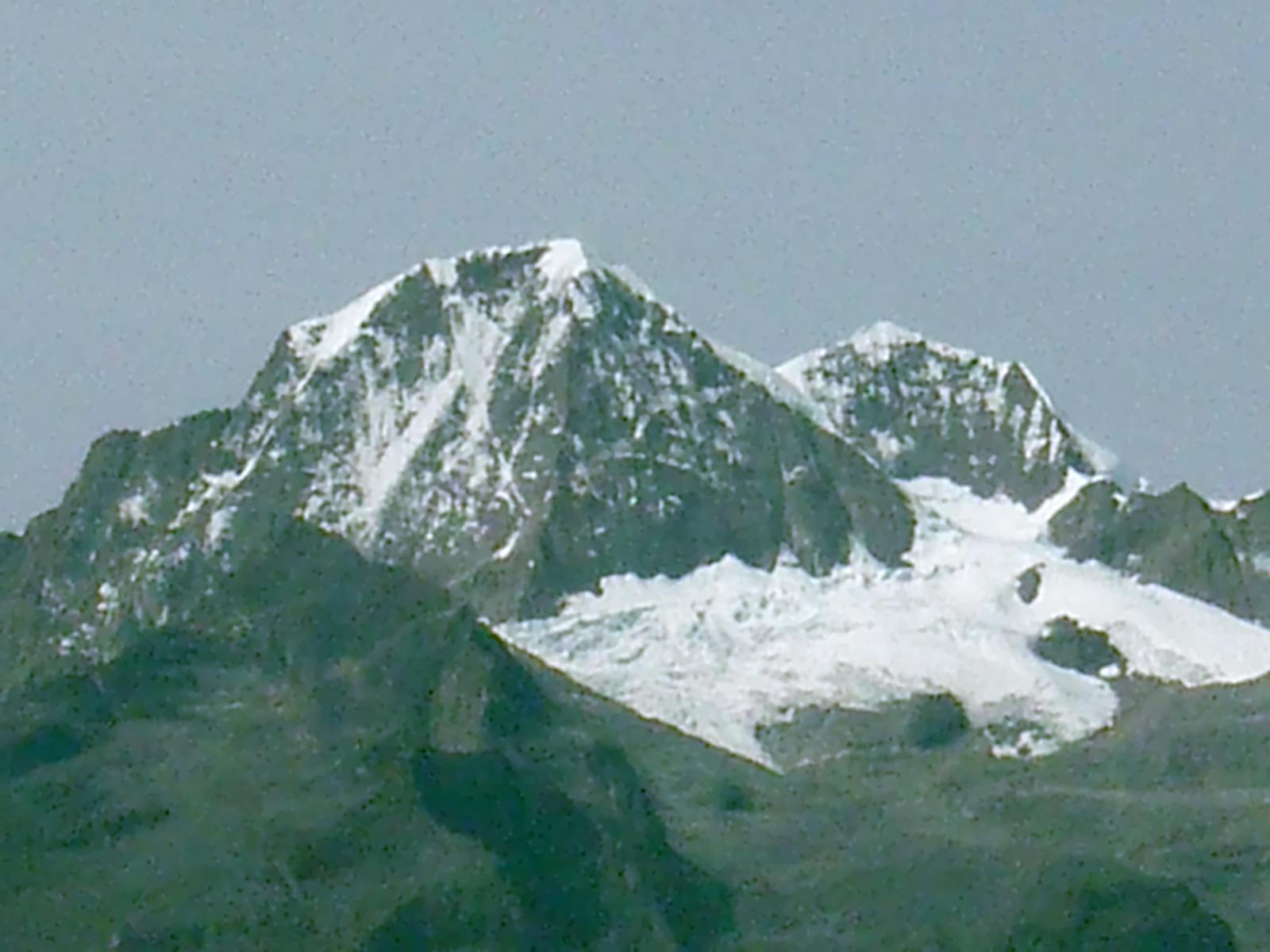Santa Marta Páramo
The ecoregion’s land area is provided in units of 1,000 hectares. The protection goal is the Global Safety Net (GSN1) area for the given ecoregion. The protection level indicates the percentage of the GSN goal that is currently protected on a scale of 0-10.
Bioregion: Venezuelan Coast (NT23)
Realm: Southern America
Ecoregion Size (1000 ha):
125
Ecoregion ID:
594
Conservation Target:
100%
Protection Level:
10
States: Colombia
The Santa Marta parakeet soars over this unique and isolated mountain range, where snow-capped peaks erupt from the lowland rainforest and Caribbean coastline. This endangered and endemic species can be seen flying between the small fragments of its original habitat.
Only 15% of the original vegetation in the Santa Marta Páramos ecoregion is left, leaving the parrot and many other species in peril. This vegetation has been removed for agricultural, settlement, and resource extraction (mining). Many organizations are working together to protect the mountain range from further destruction in hopes of conserving many of the endemic species while also preserving local rural livelihoods.
The Santa Marta páramos are the northernmost occurrence of this habitat type in South America. This unique high-elevation “sky island” occurs in the Sierra Nevada de Santa Marta, an isolated mountain massif broken away from the Andes, rising 5,775 m high along the shores of the Caribbean Ocean in northern Colombia. The altitudinal range extends from Andean forest (~3,300 m) upwards to include the permanent snow-capped peaks (above 5,000 m).
The climate is influenced by the northeast trade winds and by rising moist air currents. Most of the rains occur in the months of May–September with an estimated rainfall under 1,800 mm/year; the average annual air temperature is around 6°C. The northern side is more rugged and receives more rainfall than the southern side.
.jpg)
The flagship species of the Santa Marta Páramo ecoregion is the Santa Marta parakeet. Image credit: Creative Commons
Variations in the appearance of the plant cover is one of the characteristics of the páramos in this ecoregion. The lower limit is called subpáramo found between 3,000–3,500 m, with scrublands and woody species that grade into the Andean forest. The páramo Sensu strictu has a predominance of scrublands and low shrubs, and the superpáramo between 4,500–4,800 m has grasses in cushions with scant coverage of vegetation growing in patches and in areas more protected from the wind.
In the páramos of the Sierra Nevada, 2 out of 135 genera of vascular plants identified here are endemic (Raouliopsis of Asteraceae and Obtegomeria of Lamiaceae). To date 61 of 125 species of angiosperms endemic to the Sierra Nevada only occur in the páramo. The Santa Marta Mountains have also been recognized as an Endemic Bird Area, and the páramos host several restricted range species, including the black-backed thornbill, bearded helmetcrest, and Santa Marta wren.
The mammal fauna includes the endemic subspecies of brocket deer, and puma. This unique endemism was key in establishing the ecoregion’s status as a Biosphere Reserve in this biogeographical unit.

Cats ear. Image credit: Creative Commons
The páramos of the Sierra Nevada are included in the jurisdiction of the Sierra Nevada de Santa Marta National Park since 1964, and the Cogui-Arsario and Aruhaco Indigenous Reserves that have special jurisdiction over the territory. However, habitat is seriously affected by the existence of extensive cattle herds belonging to indigenous communities.
A large part of the páramo has been altered by burning to expand scrublands and establish local potato and onion crops, extraction of wood for building and firewood, and increased indigenous population. Pumas and condors are seen as threats to livestock and are hunted to protect the herds. The opening and degradation of the Andean forest impacts the lower limit of the páramos, while the upper limit is opening up as the glaciers recede due to global warming.
Priority conservation actions for the next decade are to: 1) stabilize the reservoirs for the region; 2) reduce fuel load harvest from the communities in this area; and 3) work with indigenous communities to establish more sustainable practices around livestock use.
Citations
1. Carbono, E. 2018. Northern South America: Northern Colombia https://www.worldwildlife.org/ecoregions/nt1007. Accessed October 13, 2018.
2. BirdLife International 2016. Pyrrhura viridicata. The IUCN Red List of Threatened Species 2016: e.T22685836A93088933. http://dx.doi.org/10.2305/IUCN.UK.2016-3.RLTS.T22685836A93088933.en. Downloaded on 16 October 2018.
3. Complejo Ecoregional de los Andes del Norte (CEAN). Experts and ecoregional priority setting workshop. Bogota, Colombia, 24-26, July, 2000.



